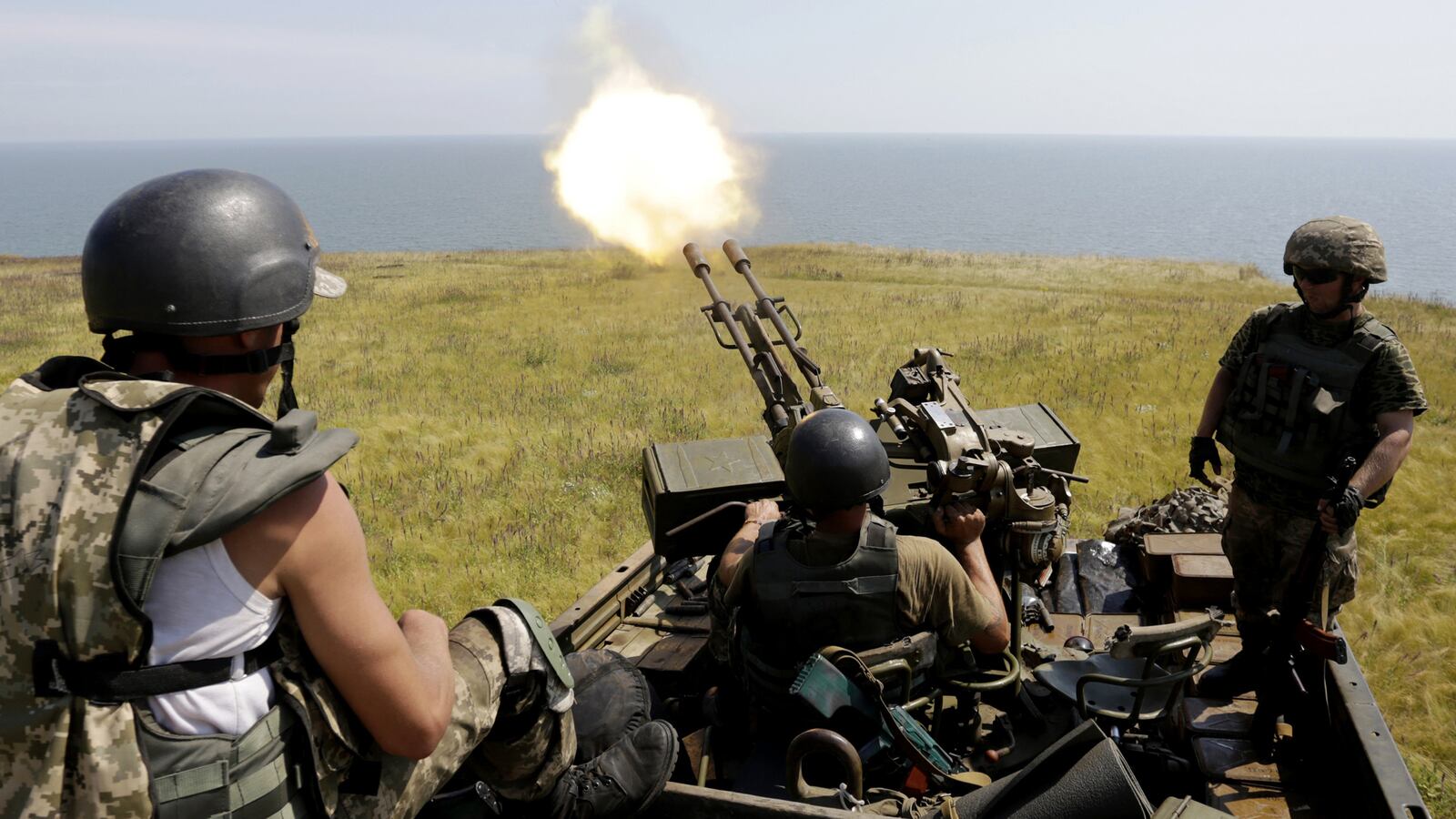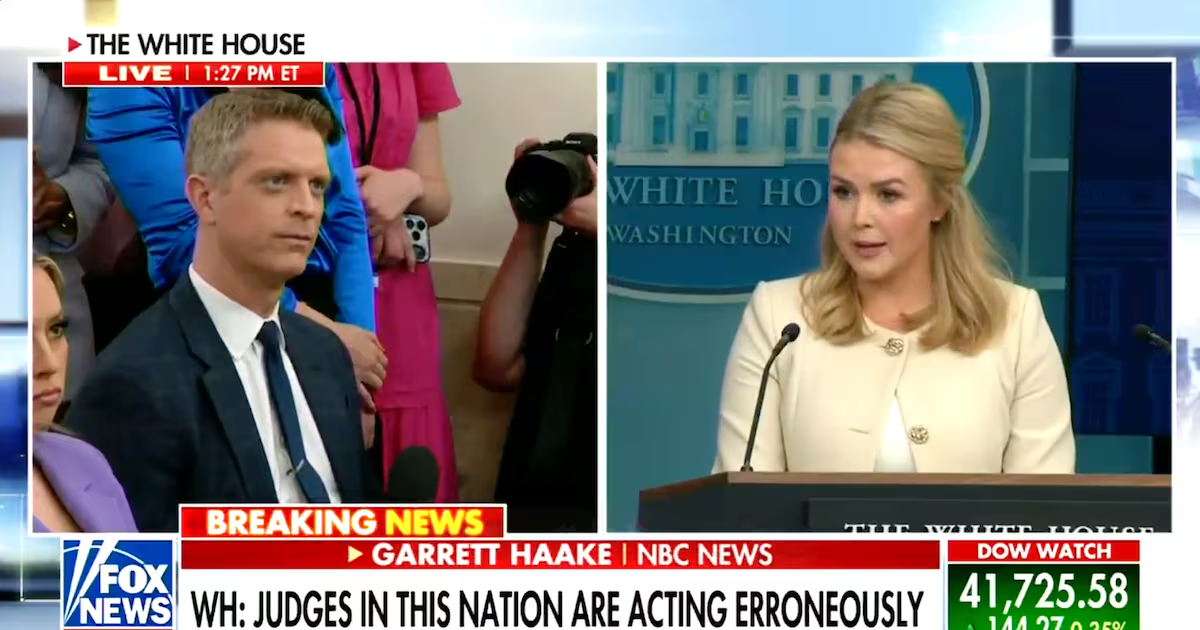MARIUPOL, Ukraine — The mourners weeping and crying out in full-throated sobs moved along Krasnoarmeiskaya Street, passing by shell-shattered buildings, and stopping the funeral procession in front of a small one-floor house.
Inside the coffin was a beautiful 29-year-old woman, Alyona Lafazan. Men put the coffin on two chairs in the middle of the road, right on the spot where she and her 10-year-old daughter Natalya were hit by artillery last weekend.
But whose artillery?
One of the women in black scarves, breathing heavily, told me, “One can go crazy analyzing the versions of who is killing us.”
Some here blame Ukrainian forces for the tragedy, others Russia-backed rebels, and some Russia directly. And all the while the death toll mounts.
“Alyenushka, my girl!” her grandmother cried. The old lady could barely stand as she bent over the coffin next to the weeping mother and sister of the victim.
Wednesday was an especially black day for the 11,000 people of Sartana, a district of the Ukrainian-controlled city of Mariupol where most of the people are of Greek descent. Three were killed, six wounded, and 54 houses were damaged during the shelling last weekend.
The head of local administration, Stepan Makhsma, put his sunglasses on as the funeral continued. He knew the Lafazan family well, he said, and respected Alyona, a good specialist working at a beauty salon.
Who was to blame for the tragedy?
Makhsma could not confirm any of the versions: “Our people argue whether the fire came from Ukrainian positions, from Mariupol or from Donetsk, or from Rostov or maybe even from Moscow—I hesitate to confirm any of these versions before an official conclusion, that still has not been made in three days,” Makhsma told The Daily Beast at the funeral.The shelling of Sartana began around 10 p.m. on Aug. 16. One of the shells fell behind the Lafazans’s house, shaking its walls. Terrified that the building would collapse, Alyona grabbed her 10-year-old daughter Natalya and ran out of the house to the road, where both were immediately hit by more shells. The mother died on Monday at a local hospital. Doctors amputated Natalya’s foot.If only Alyona and her daughter did not run out, but stayed flat on the ground, they would have been safe, one understands in hindsight. But the administration did not have a chance to turn on the announcement with the instructions and warnings it had prepared for such situations. And the electricity went off in Sartana after a few artillery blasts.
Earlier this week, OSCE observers released analyses of 11 craters, saying that either 122mm or 152mm artillery rounds—apparently fired from the east—had caused them. That would suggest the rebels are responsible.
But that was not enough for families of Sartana. They wanted to know exactly who killed their family members and friends.
There was another serious reason for Sartana to be upset: No official from Kiev said a word of condolence.
This district has a complicated history. Less than a year ago, Sartana was considered “a non-controlled territory” by Kiev, the local population did not receive state payments because many in the village sympathized with pro-Russian separatists, watched Russian television by cable and believed Moscow’s line of the conflict.
But a few months ago the Ukrainian government officially took control over the Saratan district of Mariupol, which is only about 10 kilometers away from rebel-controlled positions.
“Kiev should have declared a day of mourning for Sartana victims, the president should have promised compensations for the families, so our people would not feel abandoned by their government,” Makshma told The Daily Beast. The muddled blame for the deaths of civilians is bad news for the Ukrainian military defending Mariupol.
Last weekend, Tatyana Lepekhova, a doctor working at a defense ministry base on the front lines outside Shirokino, visited Sartana. “I was so happy to be back to city life, smiled at people, but nobody smiled back at me. On the contrary, people looked at my military uniform with hostile eyes; only later I realized that they blame us for shelling Sartana,” Lepekhova told The Daily Beast.
“This is a shame that we hear no support from officials,” said a commander nicknamed Doctor at the Zamok base outside Shirokino. “Are they going to wait for 10 more days?”
The official statement was going to be announced shortly, as soon as there was enough evidence, Center M military spokesman told The Daily Beast. “Some people in Sartana wrongly believe that their houses were hit by mortar with a 5 km range of fire. We investigated and could not find a single sign of mortar—the destruction was made by separatists based in Stakhanka, who fired with 122mm mobile artillery equipment, and the person who targeted it was a local man from Sartana,” Center M spokesman Yroslav Chepurnov told The Daily Beast.
On Thursday, he said, Center M is planning to provide those who doubted with an audio recording of a phone conversation with the spotter, supporting its official version of this latest tragedy.
Meanwhile, on Wednesday afternoon Sartana buried a young man and a young woman, two more innocent victims of the conflict






